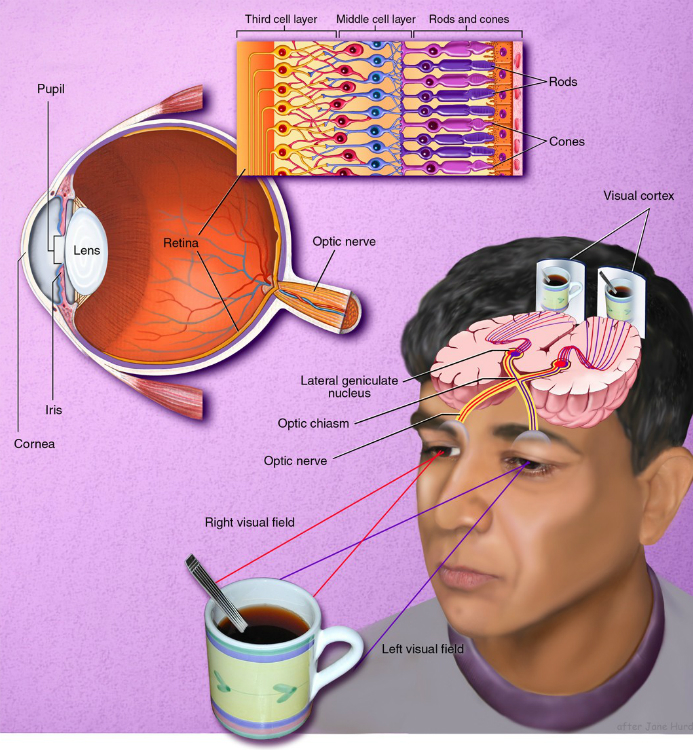Many patients attend therapy session in order to talk about their phobias and possibly get rid of them. With "cognitive behaviour therapy patients recognize the thoughts that are causing negative feelings surrounding their fears". "Once the thoughts have been identified, the patient learns how to replace them with positive ones." With in-vivo exposure therapy patients experience what they fear in a controlled way and in small doses. With small steps they can confront and gradually conquer their phobia. With virtual reality exposure therapy it combines cognitive behaviour therapy and in-vivo exposure. It allows the patient to face their fears in a safe, controlled environment.
When the patient puts on the VR headset they are immersed into a simulation that is aimed at their particular fear. The patient might be aware that it's not real but there is still enough "realism to trigger their emotional responses to their phobia". "According to this article 83% of people who have tried VR therapy have managed to put their fears behind them".
VR therapy benefits
- "Allowing the patient to try the therapy without as much anxiety.
- Experience the phobia without having to travel to the location. Can exposure small triggers for your phobia.
- confidentiality for the patient.
- therapist can control the situation.
- the therapy is more realist and effective.
- Sessions can be repeated in order for the patient to conquer a small portion of their fear."





